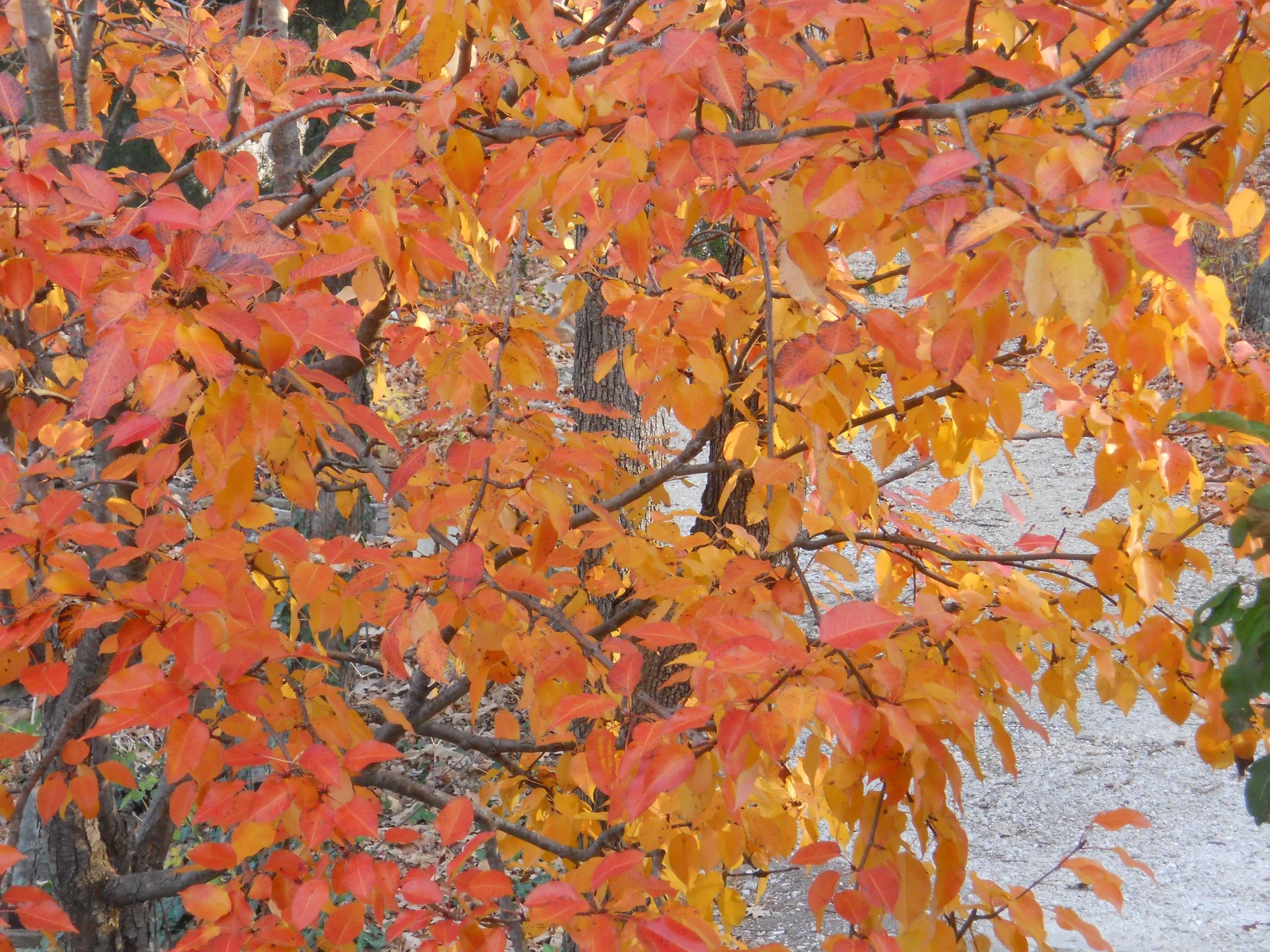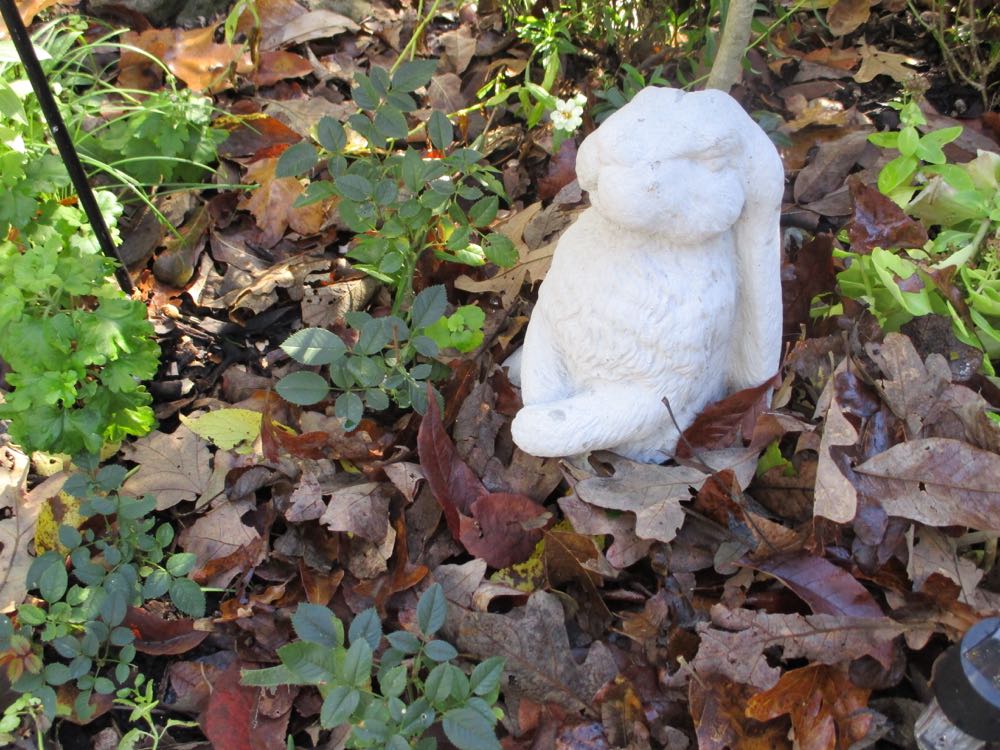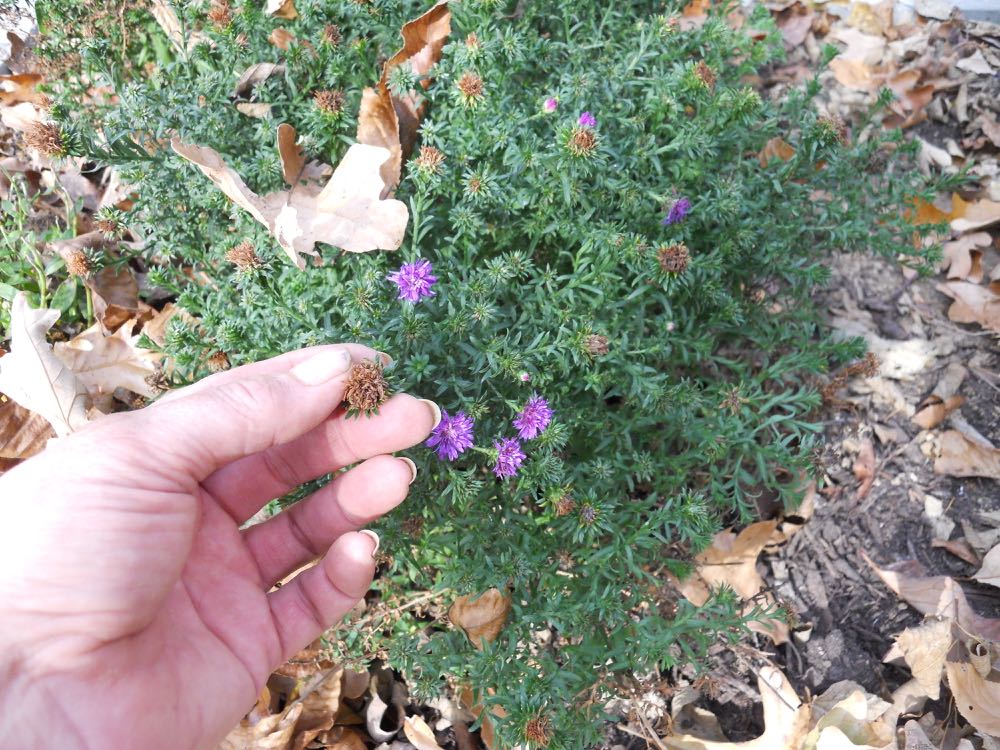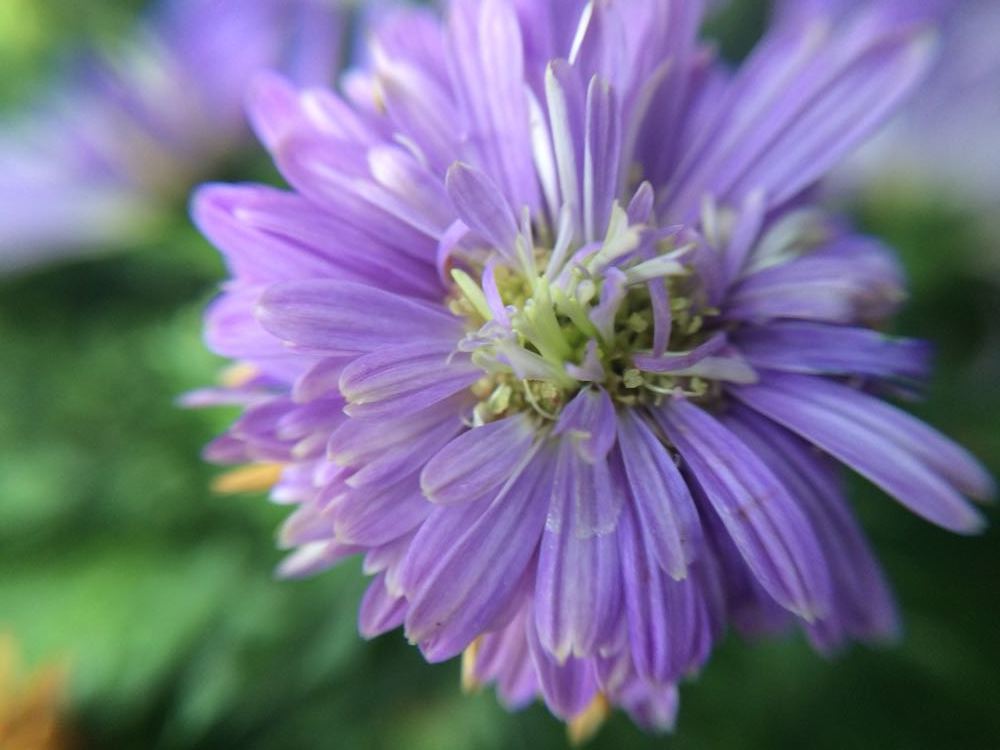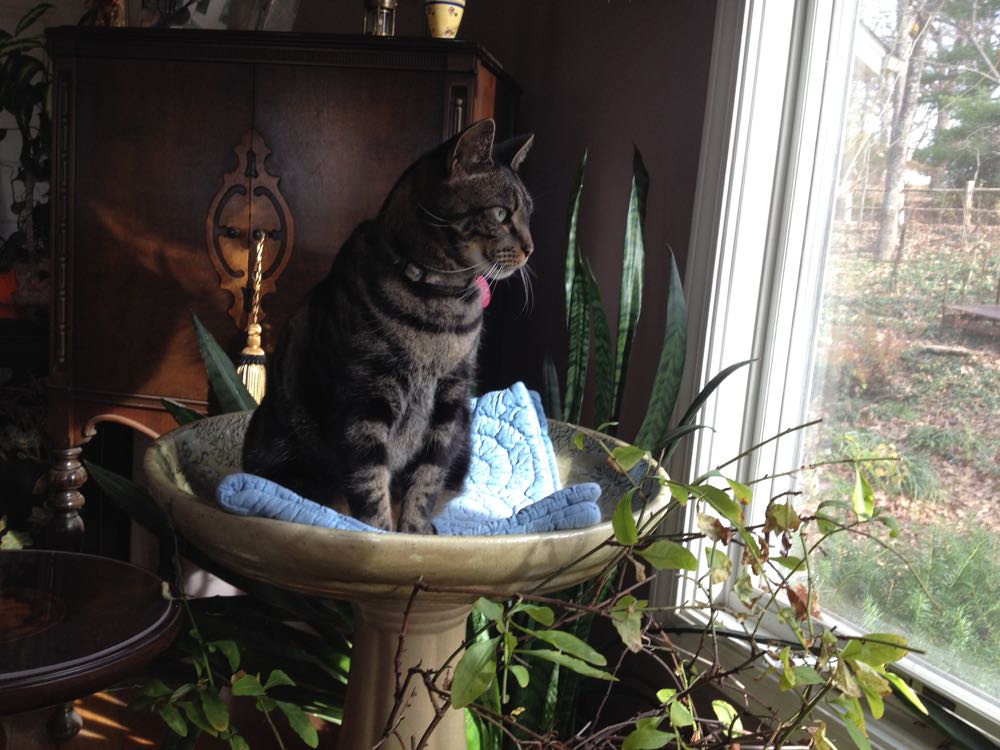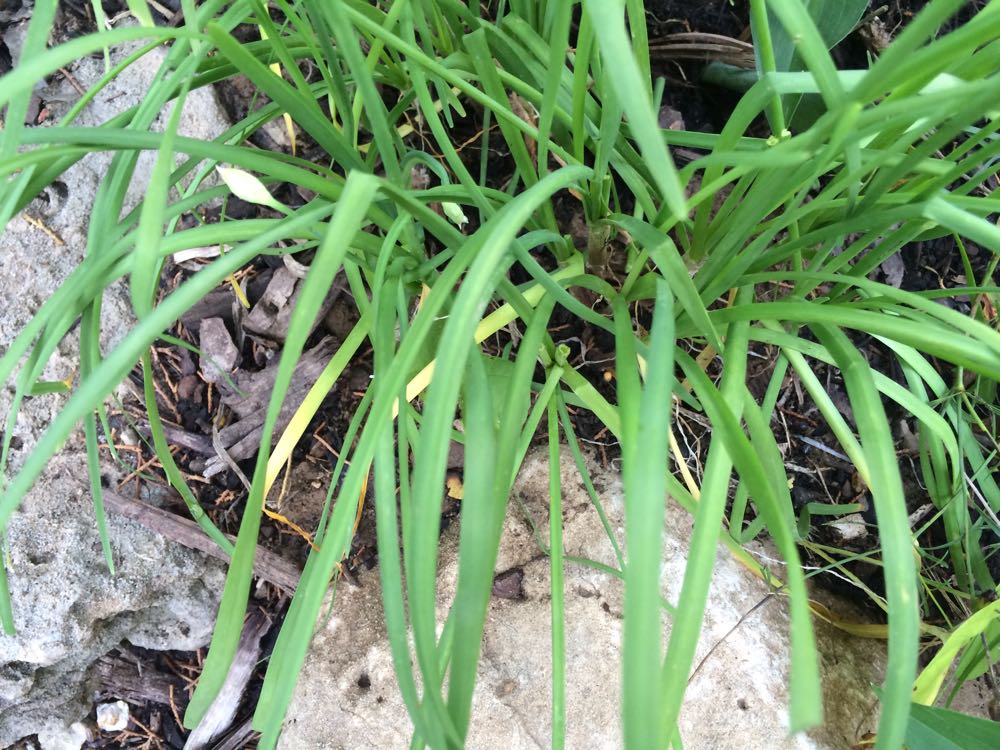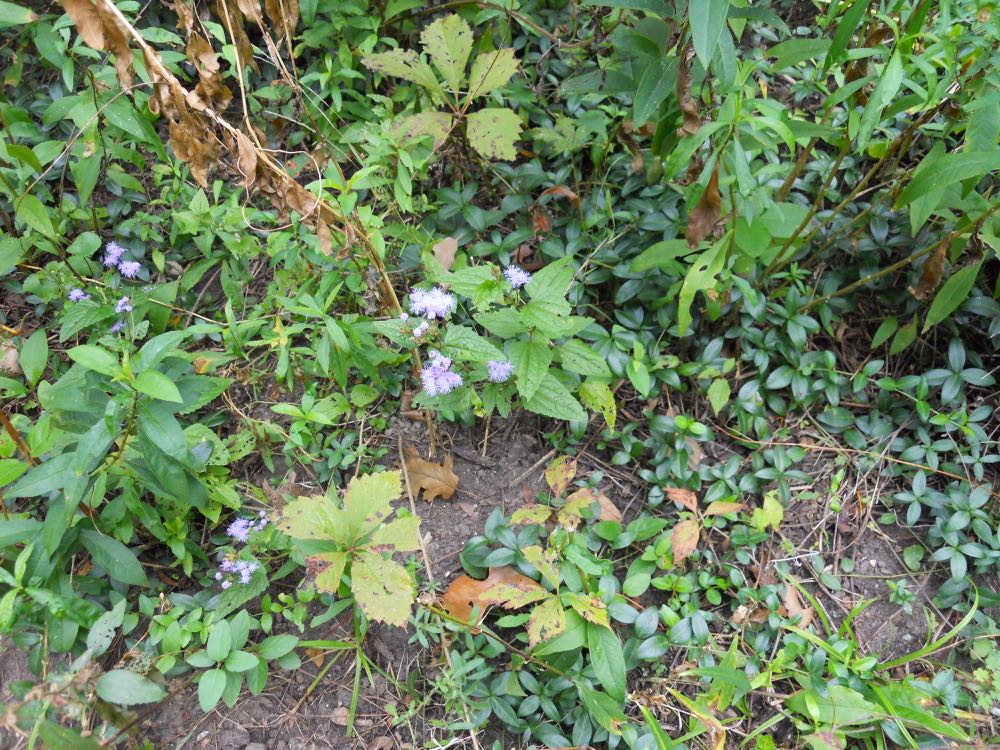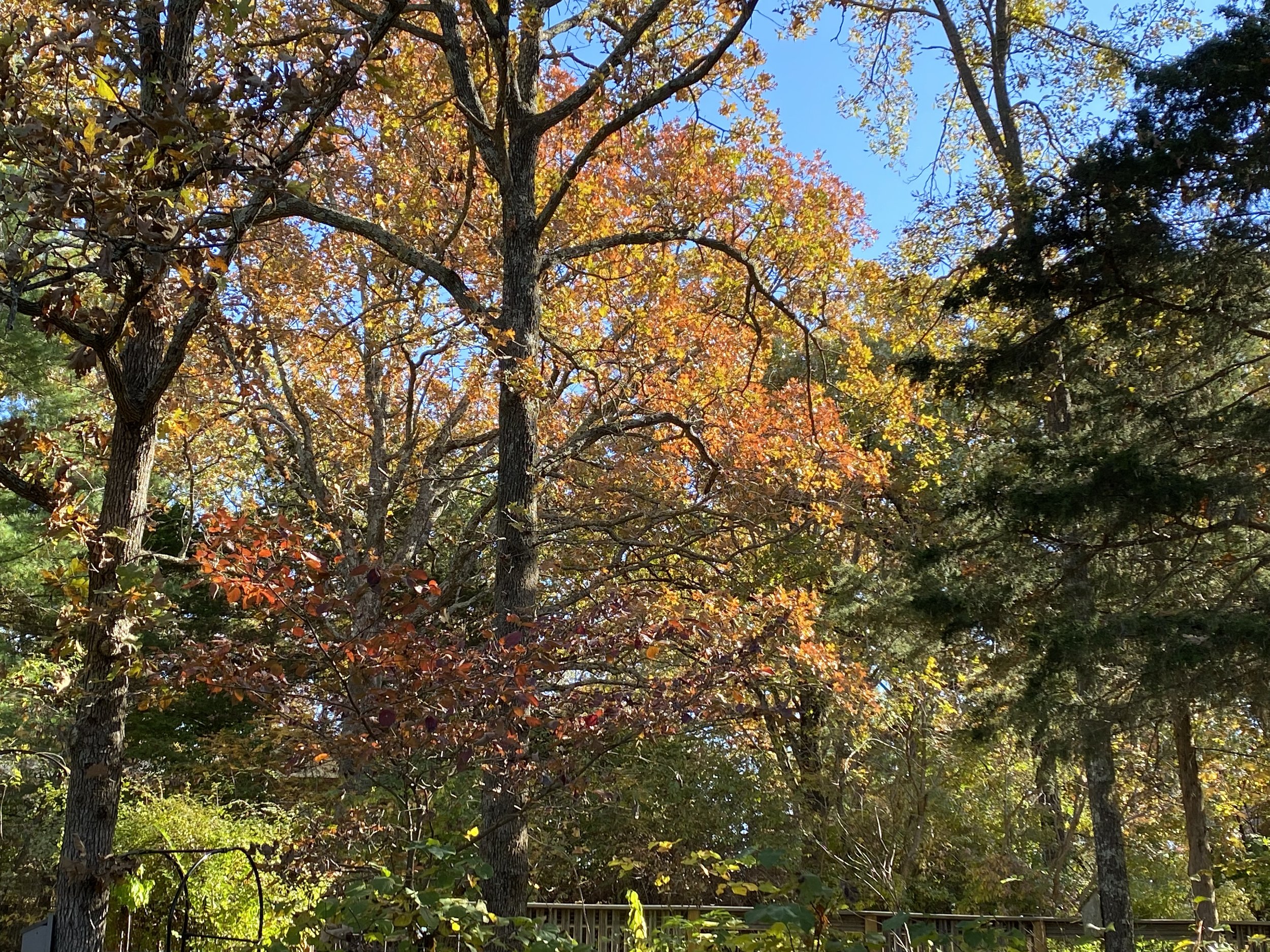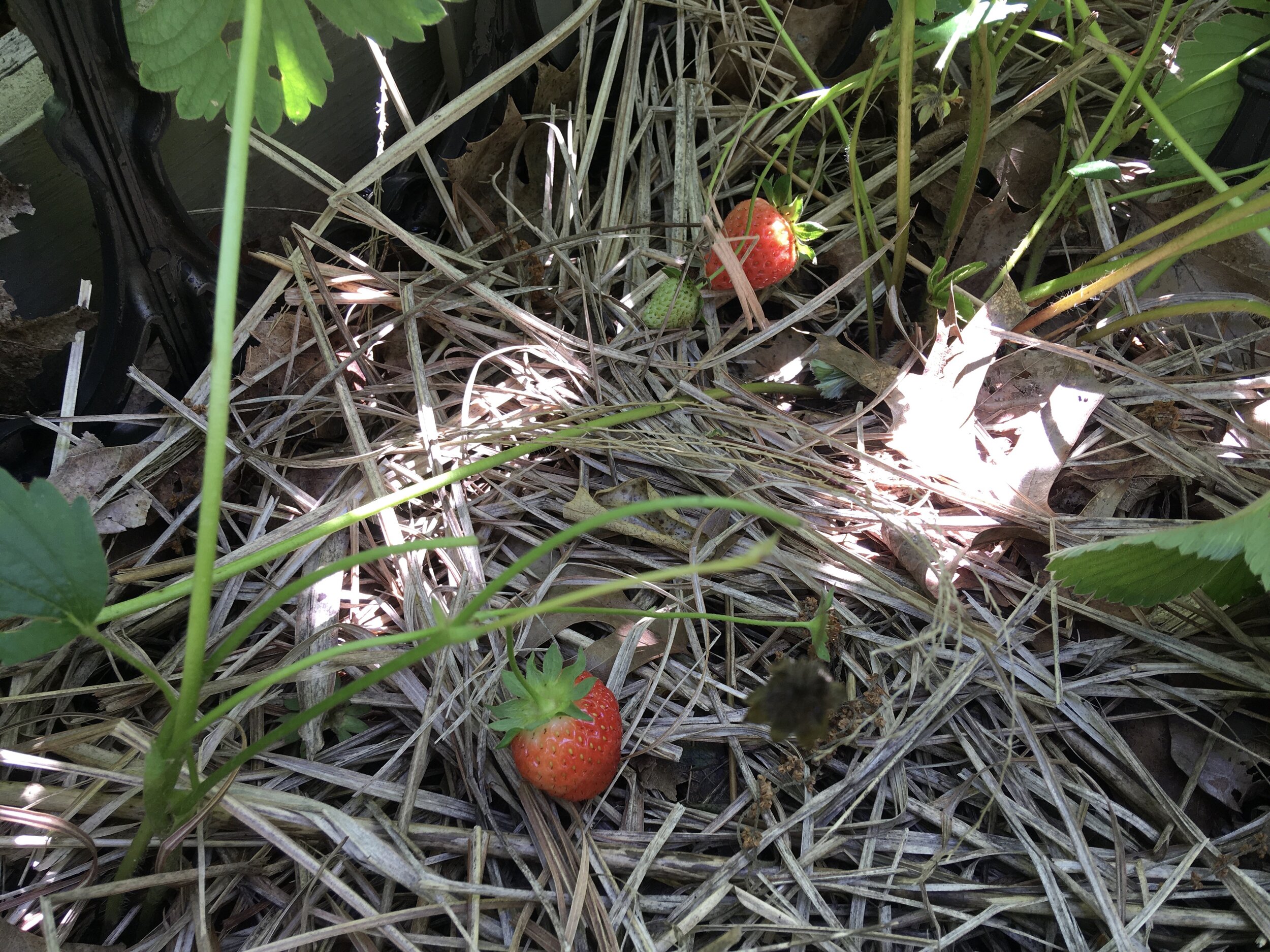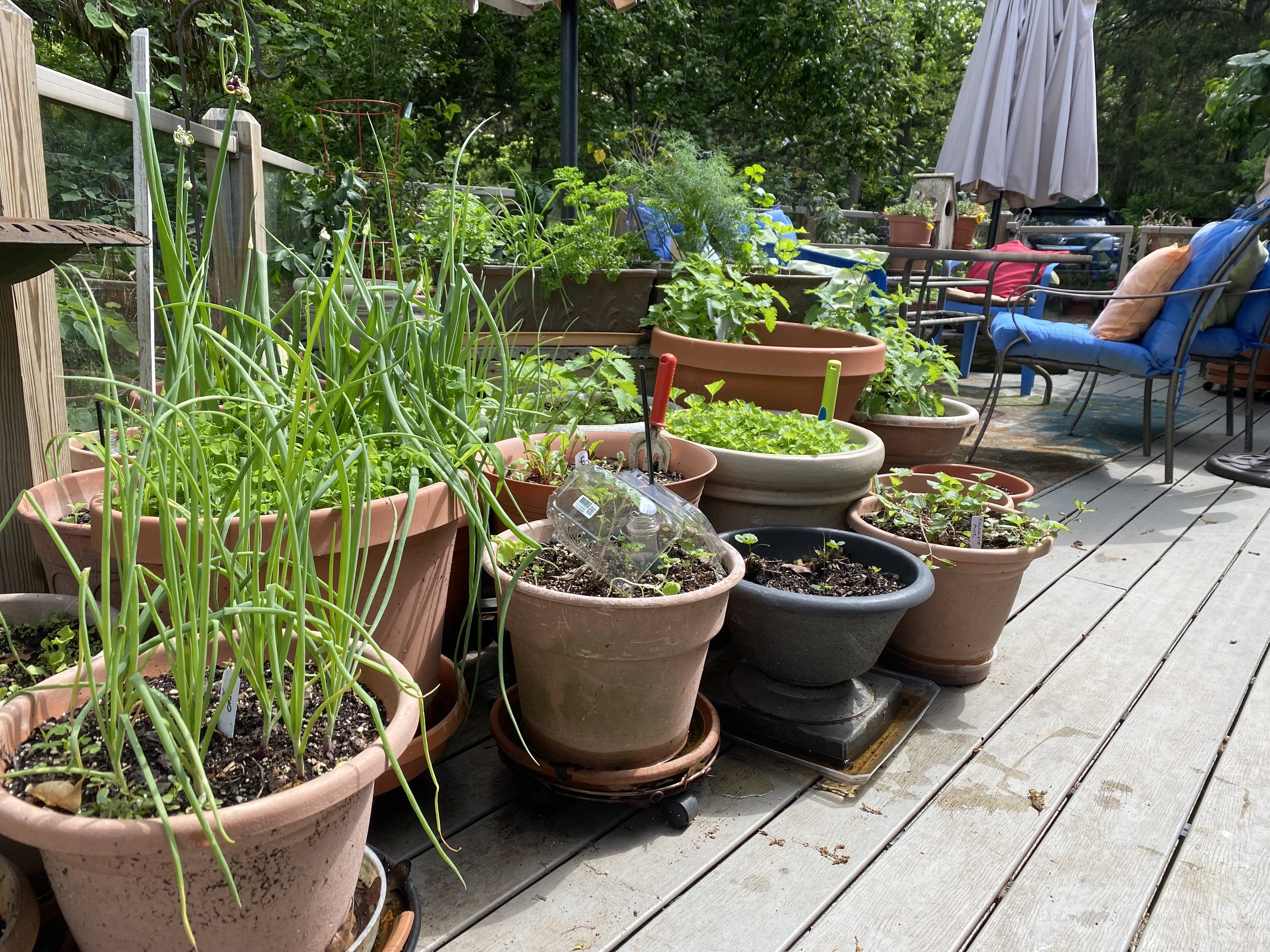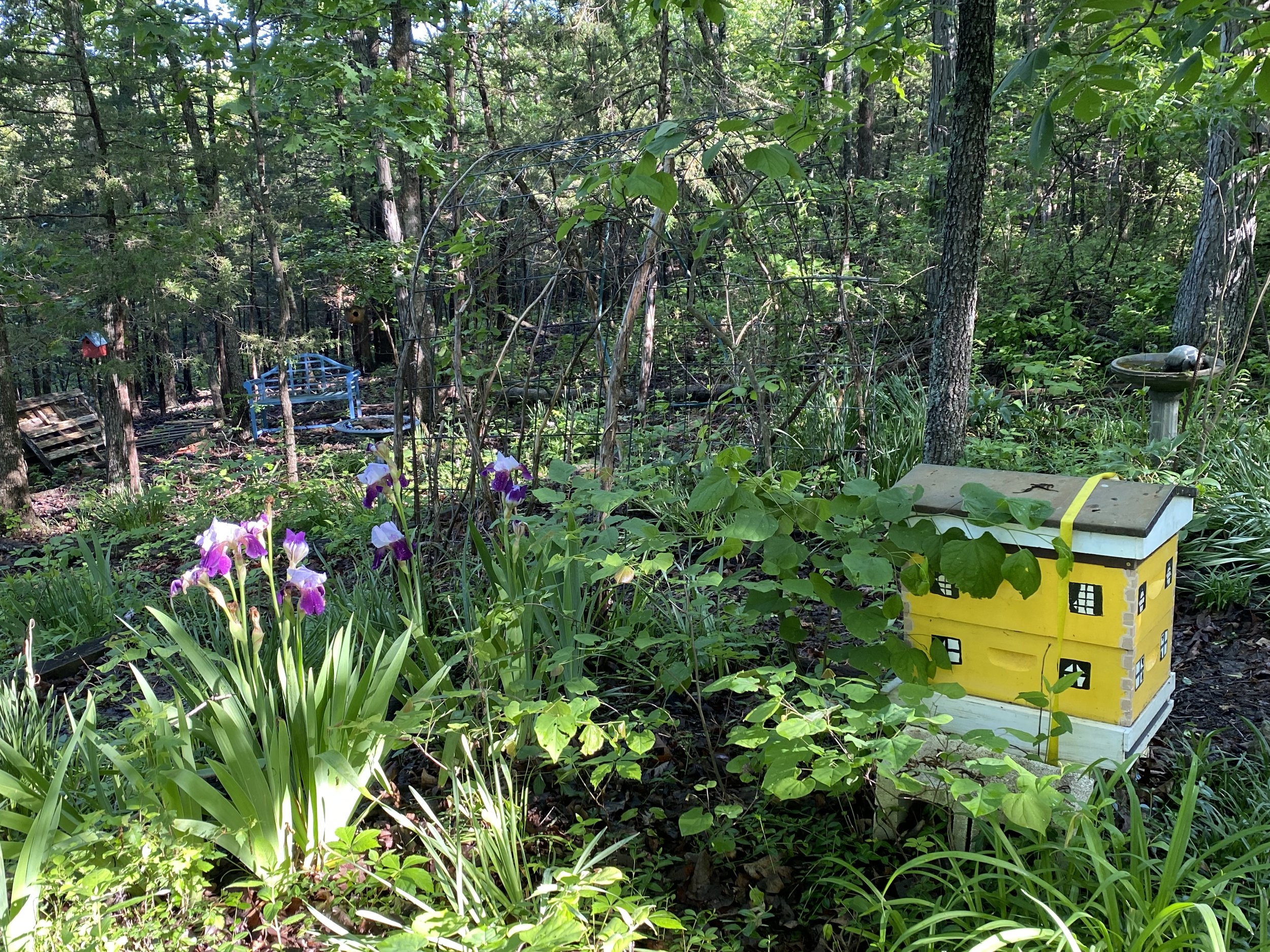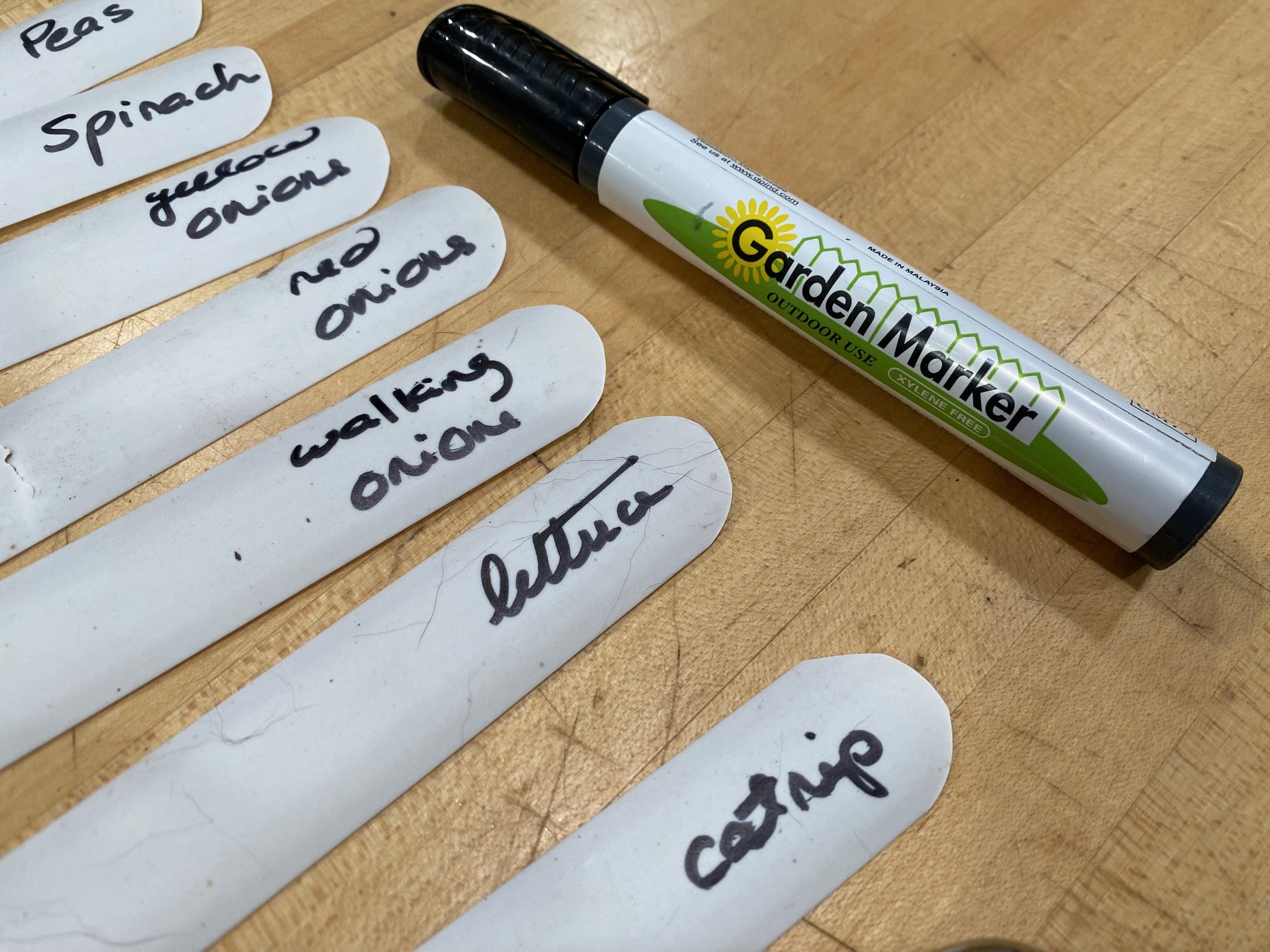Visiting Spring Bulbs
/Missouri bulbs gifted to my brother in bloom settled into their Virginia flower bed.
Visiting Spring Bulbs
The anticipation was exciting and it had nothing to do with Christmas. My brother in Virginia was doing some garden remodeling and asked if he could send back some of the daffodil bulbs I had gifted him over the years. That way the bulbs could visit "home" for a couple of years and once his new flower beds were ready, the daffodil bulbs could make the trip back to their new garden spot maybe with me in tow. Well, no maybes about it, I will be returning with the bulbs, our family loves nothing more than to spend time together in the garden.
Need you even ask was my original answer. Actually I brought a suitcase full back when I visited earlier in fall and already had those settled in. During that gardening time together, we had discussed whether I should set up a special garden beds for the bulbs.
After much thought, my brother said no, "I'll just go shopping when I'm ready," meaning he will browse my garden and pick out the daffodil bulbs he wants back when he's ready. I suspect he will also be checking out another favorite perennial, day lilies. He’s never been very interested in tulips, and neither have I. Mice tend to snack on the bulbs and most tulips don’t bloom well the second year except for one tiny patch that has now bloomed for several years in a row at the side of my driveway.
I didn't hear much for several weeks. then my sister-in-law broke the news that two boxes were heading my way, and they weighed 70 lbs.
How many bulbs in 70 lbs, I would ask. No one seemed to know including my gardening friend Tom. "Oh, you're in trouble now," was his only answer so I decided not to worry about it until the boxes arrived.
Two boxes of bulbs from Virginia weighing 70 lbs ready to vacation in my Missouri garden.
The boxes were intact and undamaged so I peeked inside the bags. Surprise, there were more than just daffodil bulbs.
The daffodil bulbs had decided to start growing.
Spring bulbs sprouting need to be planted in the ground so roots can keep bulbs fed.
Another bag has iris rhizomes so those will be tucked into a flower bed and heavily mulched until spring. After they get established, they will be moved to their final garden spots next fall.
To plant, I will add compost to the bottom of the planting holes along with bone meal so the bulb roots will have access to nutrients. They already have a head start since all bulbs have roots and some green shoots.
Although the green tops may be nipped once cold weather moves in, the daffodil bulbs should settle in for winter and continue to store food in the bulbs for use when they bloom in spring.
Settling daffodil bulbs in ground mixing soil with compost, then watering after they are covered.
The temperatures for the next week are forecast to be in the 60s so good time to get all of these visitors settled into their temporary accommodations.
Welcome home, daffodils!
Charlotte
